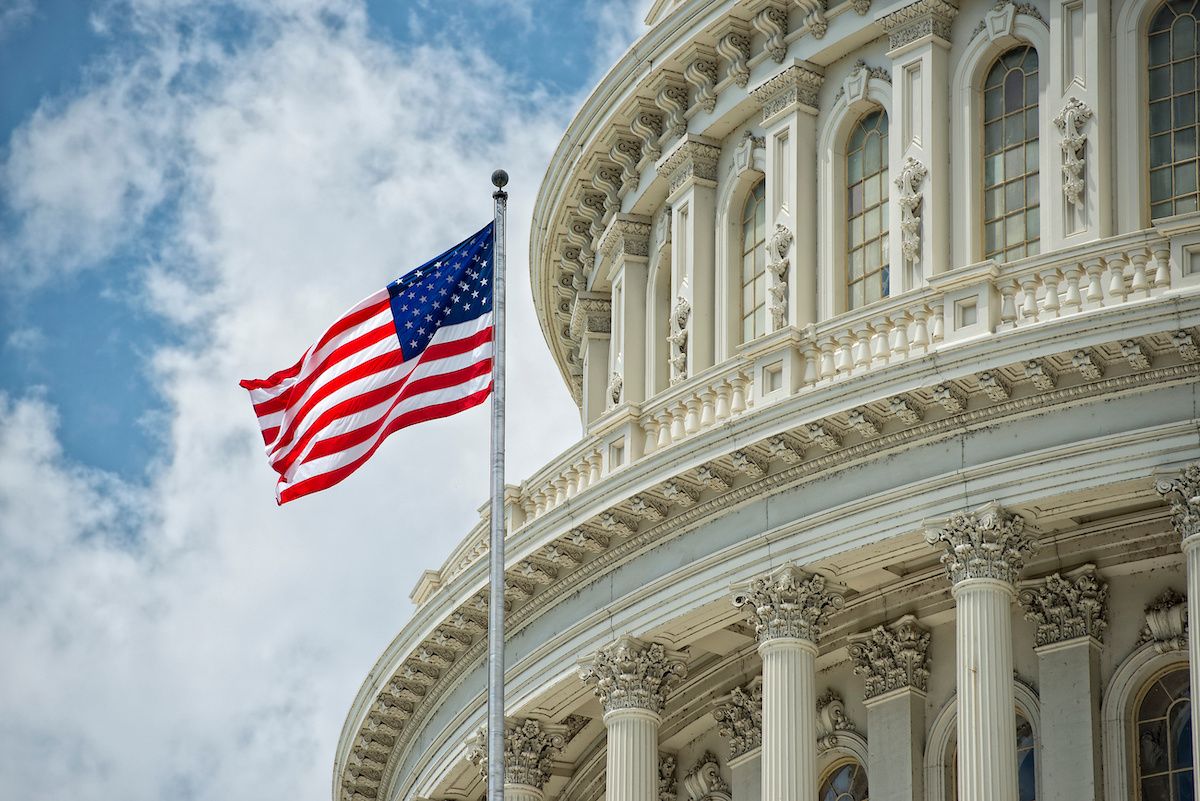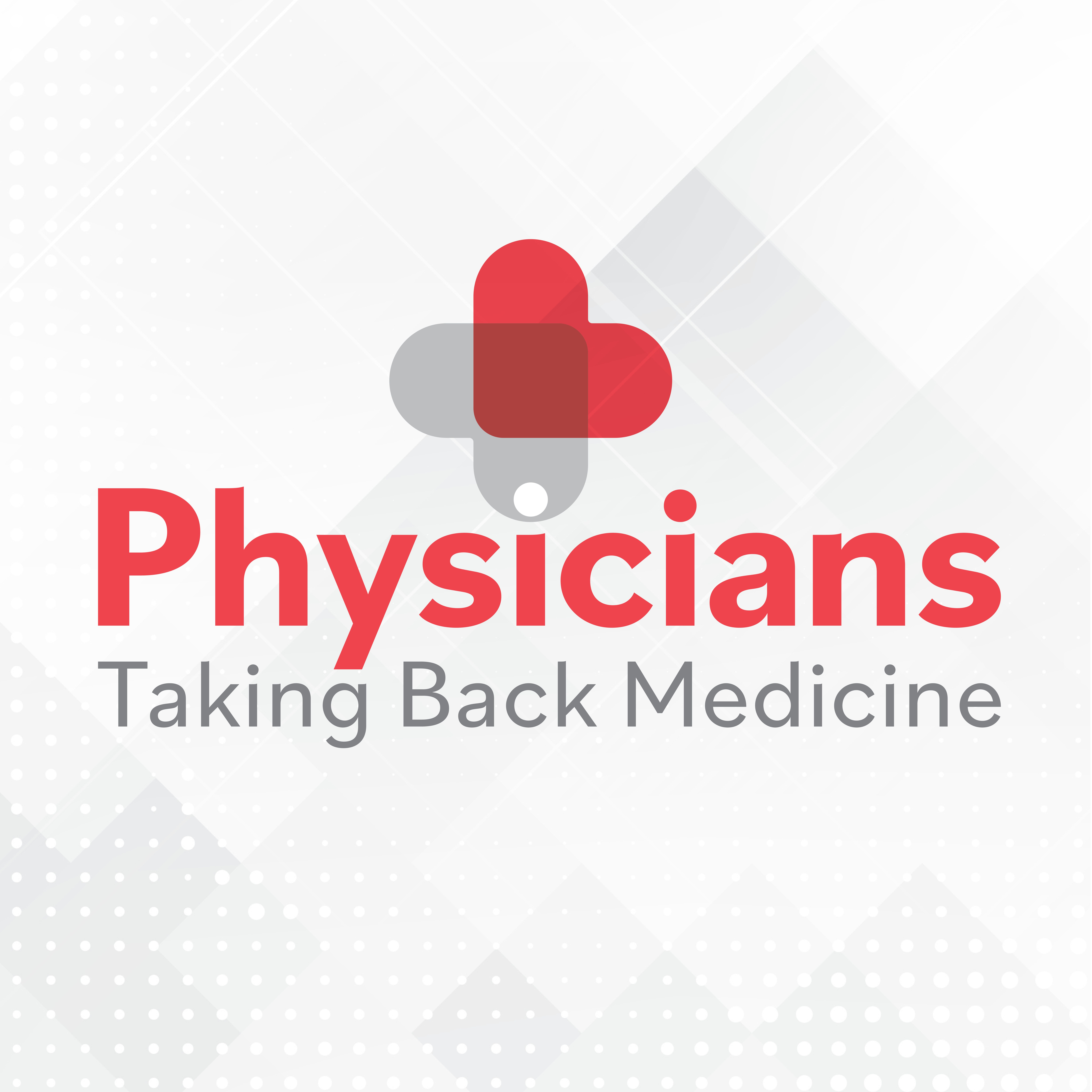News
Article
Modernizing health care prompts debate on paying for prevention, chronic diseases
Author(s):
Key Takeaways
- Chronic disease prevention and management are prioritized, with employers encouraged to implement wellness programs to reduce healthcare costs.
- Legislative efforts focus on flexible coverage for chronic illnesses, allowing pre-deductible coverage in high-deductible health plans.
House Ways and Means Committee considers suggestions on Making America Healthy Again.
© Andrea Izzotti — stock.adobe.com

As health care costs continue to climb, American workers and employers need to invest in their own health, said lawmakers in the House of Representatives.
The House Ways and Means Committee’s Health Subcommittee convened “Hearing on Modernizing American Health Care: Creating Healthy Options and Better Incentives,” on Feb. 11.
Subcommittee Chair Rep. Vern Buchanan (R-Florida) praised Robert F. Kennedy Jr., President Donald J. Trump’s nominee to lead the U.S. Department of Health and Human Services, for his focus on fighting chronic disease. In his home state of Florida, chronic diseases are projected to cost $3 trillion from 2016 to 2030, Buchanan said, citing the Partnership to Fight Chronic Disease.
"These statistics are baffling and troubling, and I am committed to helping lower these deadly rates,” Buchanan said. “This nation’s chronic disease epidemic is out of control. I for one am excited that Mr. Kennedy has put this issue at the forefront of this administration, and I look forward to seeing him confirmed.”
Employers offering health insurance to 180 million Americans can join the battle against chronic disease, Buchanan said. Incentives can inspire workers “to be the CEO of their own health,” he said, and 72% of employers who started wellness programs also saw reductions in health care costs.
In Washington, Buchanan said he has sponsored the Chronic Disease Flexible Coverage Act. It would allow employers offering high-deductible health plan coverage for employees to include pre-deductible coverage for services that treat chronic illness, he said.
Meanwhile, the congressional Joint Economic Committee, the Preventive Health and Wellness Caucus, and the Make America Healthy Again Caucus all will focus on issues including disease prevention, food as medicine, exercise, stigma, obesity’s effect on military readiness and physical fitness, and access to affordable, high-quality foods, Buchanan said.
Health care under siege
Democrats, led by Rep. Lloyd Doggett (D-Texas), slammed the Trump administration for an assault on health care. They claimed Republicans want to cut Medicaid spending to pay for tax cuts for the wealthy, while slashing research funding for the National Institutes of Health and other programs. Meanwhile, billionaire Elon Musk is infiltrating personal health information of millions of people through the new Department of Government Efficiency review of the Centers for Medicare & Medicaid Services.
“I would appreciate an explanation for the behavior of the unelected man who is illegally infiltrating and dismantling our government,” Doggett said. “It turns out that Trump had more than a concept of a plan, as he described it, for health care. He is swiftly executing what is nothing less than a wide-scale siege.”
Meanwhile, Republicans enable that agenda through silence and confirming the president’s nominees, “and readying a bill that will throw nursing home residents out, deny vulnerable children inhalers and epi-pens, and leave pregnant women without any coverage to assure safe and healthy delivery,” Doggett said.
“All of this to further enrich Mr. Musk, the fossil fuel executives polluting our planet and our health, and the Trump family,” Doggett said. He noted his daughter is a physician certified in lifestyle medicine, but choices cannot stop every dreaded disease and accident.
The subcommittee heard from four witnesses who described their involvement with providing health care or insurance, and proffered written testimony.
Investing in health
Life insurance companies make money by collecting premiums, investing those, then paying claims. Generally, the longer a customer lives, the longer the money stays invested and the company earns more, said Brooks Tingle, president and CEO of the John Hancock Life Insurance Co. The industry has a vested interest in helping its customers live longer, healthier lives, but has done little to assist people in doing so, he said.
“The life insurance industry should want to see improved long-term health outcomes and is in a unique position to help achieve those outcomes,” Tingle said.
A decade ago, John Hancock began its Vitality program. Rooted in behavioral science, it offers tools, resources, incentives and rewards to improve their long-term health, Tingle said. Customers accumulate points through activities such as exercise, buying fresh produce, preventive health visits, or getting adequate sleep, he said. In 2022, the company partnered with Grail to offer the Galleri multi-cancer early detection test, which screens for 50 types of cancer using a single blood draw, Tingle said.
In that time, the company has learned:
- Properly designed programs can result in improved health outcomes at the population level.
- Education is important, but combining it with incentives and rewards makes for better outcomes.
- There has been amazing improvement in personal health technology, a critical part of success.
- Gamification really works, and can be fun.
“As we know, most health care spend today is for treatment,” Tingle said. “We are excited to be investing in prevention and early detection, which in the long run can save the government and others significant money.”
Early detection
Jay Carlson, DO, MS, a gynecologic oncologist, described the efforts of Mercy, based in St. Louis, Missouri, and its Center for Precision Medicine. The center has a broad screening program that focuses on hereditary cancer risk, detecting genetic mutations that are associated with a 40% to 80% lifetime risk of cancer.
Implementing the testing across a large health care system requires education for physicians and patients, Carlson said. There is an extensive patient-facing website and a provider intranet.
Tests recommended by the U.S. Preventive Services Task Force have been available for years and are well engrained in medical training and practice, Carlson said. Future tests will be more complicated, and the center could be a model for other health systems to deploy new screenings, he said.
“In summary, Mercy continues to explore new tests and services that combine the science of genomics with the new benefits of AI, and deploy them at scale, to aid in the screening, the accurate diagnosis, and the precision treatment of our patients to improve the overall quality of care,” Carlson said.
Patients stuck at the bottom
Marcie Strouse, owner and partner of the Capitol Benefits Group in Des Moines, Iowa, testified on behalf of the National Federation of Independent Businesses. She cited her own experience as the mother of twins diagnosed with a neuromuscular disease, and as a consultant working with other small business owners who wanted to provide benefits to their workers.
“This is the real problem: Small businesses and patients are at the bottom of the health care decision-making process,” Strouse said. “In our current system, industry and government bureaucracies hold all the cards while the rest of us are left limited choices, skyrocketing costs, and little transparency.
“Small companies are being priced out,” paying almost twice as much large employers for health care benefits, she said.
In her subcommittee and written testimony, Strouse suggested four methods of reform:
- Health savings accounts (HSAs). Younger workers prefer them and plans with HSAs can offer lower premiums and reduced out-of-pocket spending.
- Individual coverage health reimbursement arrangements (ICHRAs) allow small employers to provide affordable health benefits while retaining flexibility for employers and workers.
- Direct primary care enhances access and promotes preventive services that avoid greater costs in the future. However, current rules state patients in high deductible health plans cannot use HSA money to pay for memberships.
- Transparency. “Today, small business owners are forced to navigate an opaque system where prices are hidden, costs are driven up by red tape, and decisions are made by those who do not know better than families,” Strouse said. “Greater transparency in hospital pricing and pharmacy benefit manager practices would bring much-needed competition to the system, giving employers and patients the information they need to make smarter decisions.”
Health at an inflection point
An overwhelming majority of Americans oppose cuts to Medicaid, said Leslie Dach, founder of Protect Our Care. Dach is a former senior adviser and global Ebola coordinator to HHS, and a global executive committee member of Walmart.
Meanwhile, tax credits for Affordable Care Act Marketplace health insurance also are on the chopping block, Dach said. He supplied a list of health and financial effects on millions of Americans that will happen under current proposals. For example, premiums will increase an average of 90% for more than 20 million people, and 5 million people will become uninsured, Dach said.
“The future of health in America is at an inflection point,” Dach said in his written testimony. “Our country has made tremendous progress toward the goal of health care being a right. Yet proposals being considered by this Congress would gut funding for affordable coverage and leave millions without care. They would increase drug costs for seniors at a time they are struggling to pay for groceries – all to fund tax breaks for billionaires and wealthy corporations.”





